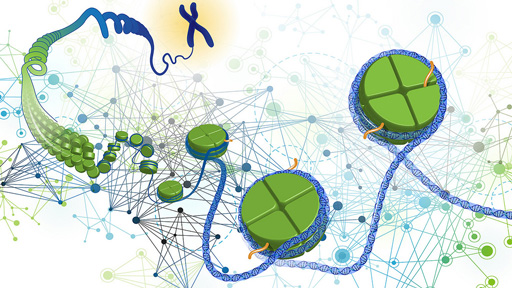As set out in the RFA, individual projects collect genomic data on gene expression, as well as surrogate markers of regulatory elements, in different cell fates or cell states. They use the gene expression and functional element data to construct gene regulatory network models, taking advantage of the dynamics of the system as the cells transition from one physiologic state to another. They derive and test predictions from the models, to determine the accuracy of the models and to learn how to improve the models.
Five awards made in response to the GGR RFA will pursue different approaches, as the best approaches are not known today. The awards were made as cooperative agreements to enable the investigators to form an interactive group, accelerating discovery through the sharing of technical and biological insights gained during the course of the project. These interactions will be important in learning which features are generalizable and which are unique, because the individual projects will be using different approaches and biological systems.
GGR projects are designed to advance genomic science towards the long-term goal of NHGRI research in this area, which is to be able to predict, just by reading DNA sequence, when and at what level a gene is expressed, in the context of a particular cell fate/state. Understanding gene regulatory networks could facilitate interpreting the phenotypic consequences (e.g. disease) of genetic variation, particularly in non-coding regions of the genome. This is a highly significant problem, as the vast majority of disease-associated variants found using GWAS lie outside of protein-coding sequences. Many of these disease associations map to ENCODE-annotated regions, thus highlighting the importance of these ENCODE annotations. While genomic annotations are important, they are not sufficient to understand dynamic biological processes. GGR is one path to bring together modeling methods with catalogs of genomic data to understand what elements are controlling what genes, in what cell types. The ability to make accurate predictions from gene regulatory networks could support genomic medicine and precision medicine, by providing us one more tool to understand the consequences of genetic variation.
See a full list of publications claiming support from GGR.



